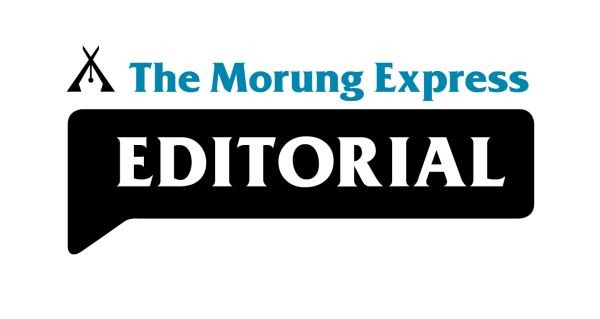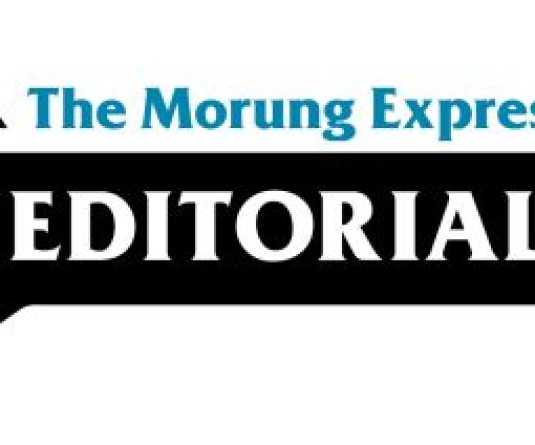
Naga policymakers need to break out of digital isolation
Imkong Walling
In business, there is a term called ‘Unique Selling Proposition’ or USP. A concept applied by marketing executives, it normally involves branding and advertising a product as the superior or better choice to other competing merchandises in the market. All with the sole intention of attracting prospective buyers, the seller seeks to highlight certain features, which according to them will be more beneficial to the end-users.
This concept is not confined to the world of marketing, its manifestation perceptible in other realms –power struggle being no exception. Politicking involves a good dose of self-marketing in the form of politicians publicly projected as saintly figures or political parties publicising welfare oriented manifestos during elections.
A shining case in point would be the way the BJP promoted Prime Minister Narendra Modi in the lead up to the 2014 Parliamentary Polls. Modi also did his part presenting himself as a highly accessible public personality, who showed no qualms about openly mingling with ‘commoners’, going on a selfie spree while embracing social media like no other of his generation or political contemporary.
Mere marketing gimmick to critics, arguably yet a display of unprecedented modesty and accessibility from someone of high stature to many.
From a marketing perspective, Modi showed to his contemporaries – in addition to the tried and tested traditional means - the reach and influence of social media in the present day landscape; putting it to good use to promote his and the party’s USP.
The track record of the BJP and its right-wing leanings notwithstanding, Modi’s rise to stardom might well be a lesson for politicians here in Nagaland.
Almost a pariah in the Indian political, social, geographical and technological spectrum, Nagaland is no stranger to social media. But a void is palpable – in essence a conspicuous nonappearance of the government and the people helming it on the realm of the social media.
There has been a few, bureaucrats included, with the most prominent being the Ex-Chief Minister TR Zeliang, his successor to the chair Neiphiu and more recently the Nagaland Police chief.
A perceived apprehension of invectives that would come their way, a healthy dose of which the Ex-CM received, in all likelihood is preventing more public figures like him and government officials in Nagaland from taking a route largely uncharted for people of their ilk.
On the brighter side, the advantages outweigh the perceived negatives. The incumbent DGP is a fine example of what it entails to open up a highly guarded façade to public scrutiny, electronically though it may be.
Literally a public relations masterstroke, the DGP’s move, like it or not, has captured the admiration of the people – received as a rare move by a youthful populace, largely disillusioned by a system clouded in secrecy and shady dealings.
The USP here has been the projection of a responsive, accessible and responsible figure of authority, misgivings notwithstanding. Comparatively, the incumbent Chief Minister Neiphiu Rio’s sojourn into Twitter seems half-hearted since it is not a preferred medium of many Nagas.
While criticism is guaranteed, such a move would pave the way for greater people-to-people contact and bridging the trust deficit between the people and the government.
Bet it will not be too much of an asking for the policy-makers to tear down the wall isolating them from the general populace.
The writer is a Principal Correspondent at The Morung Express. Comments can be sent to imkongwalls@gmail.com




